What Is Dredging? How Does Dredging Work? Dredging Benefits and Common Dredger Types
Dredging is an essential process that contributes to the maintenance and improvement of water bodies worldwide. It involves the removal of sediment, silt, and debris from the bottom of rivers, lakes, harbors, and other waterways to ensure navigational safety, prevent flooding, and support various marine and land-based projects. In this article, we will delve into the fundamentals of dredging, exploring its working mechanisms, the benefits it provides, and the common types of dredgers used in different scenarios.
Dredging is accomplished through specialized vessels known as dredgers, equipped with advanced machinery and hydraulic systems. These powerful machines excavate and transport sediment from the water bottom to designated disposal areas, restoring waterways to their desired depths and improving their overall conditions.
The advantages of dredging are numerous. It facilitates efficient navigation by maintaining adequate water depths, enables flood control by increasing water-carrying capacity, and supports the development of infrastructure projects such as ports and harbors. Furthermore, dredging contributes to the preservation of ecosystems by restoring habitats, enhancing water quality, and promoting sustainable coastal management.
In the following sections, we will explore the intricacies of dredging, shedding light on its operational principles, highlighting its wide-ranging benefits, and discussing the common types of dredgers employed in various dredging activities.
Tai’an Ocean Pump is a company that specializes in manufacturing sand dredgers. A sand dredger, also known as a sand pumping ship or sand suction dredger, is a vessel used for removing sand or sediment from the bottom of bodies of water, such as rivers, lakes, or coastal areas.
The sand dredgers produced by Tai’an Ocean Pump are designed to efficiently extract sand or sediment from underwater locations. These dredgers are equipped with powerful pumps, suction pipes, and other equipment necessary for the dredging process. They can operate in various water depths and are capable of extracting large volumes of sand or sediment.
The sand dredgers manufactured by Tai’an Ocean Pump typically feature advanced technology and innovative design to ensure effective and efficient dredging operations. They are often used in projects such as river dredging, beach nourishment, land reclamation, port maintenance, and mining operations.
The specific features and specifications of Tai’an Ocean Pump’s sand dredgers may vary depending on the model and customer requirements. It’s best to consult us for detailed information about their products.
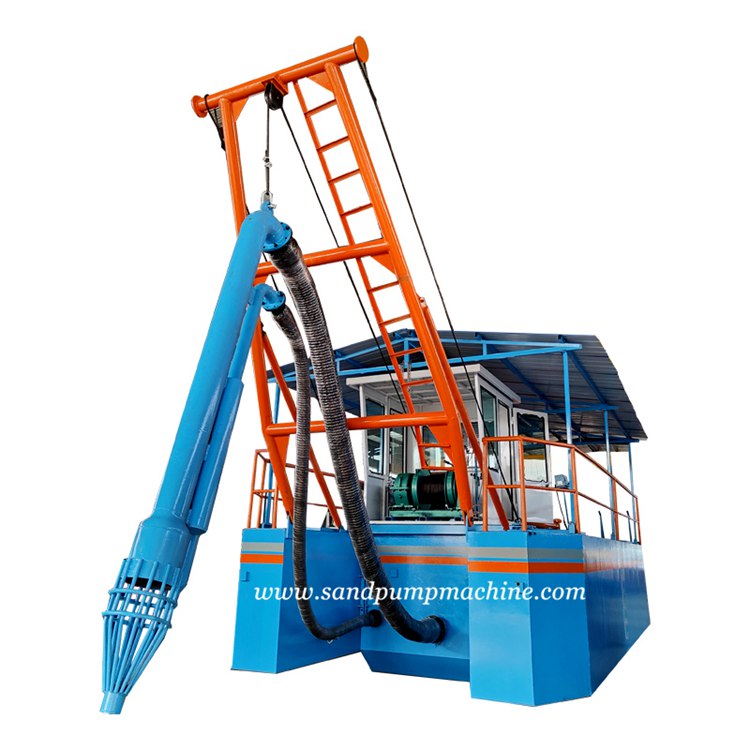
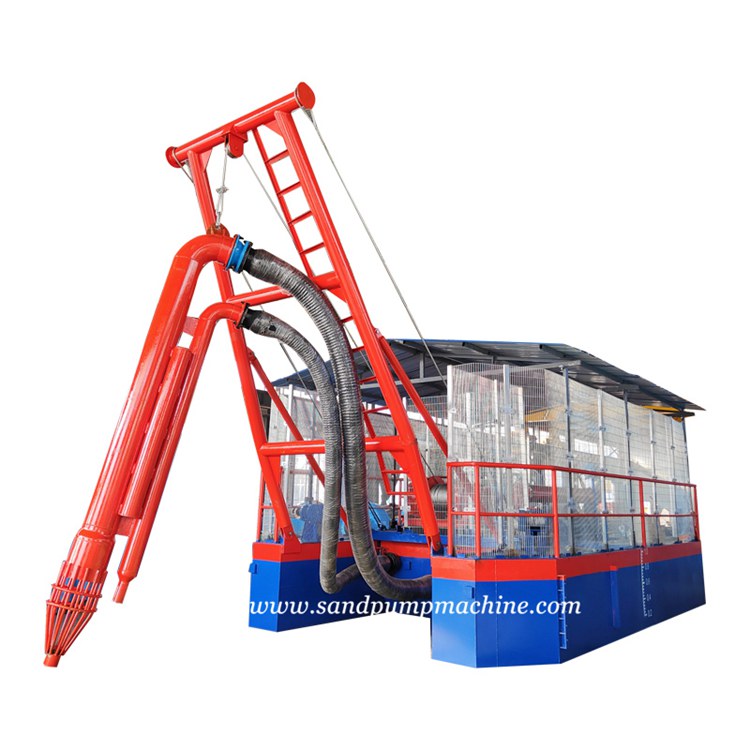
What Is Dredging?
Dredging refers to the procedure of eliminating accumulated sediment from the bed or edges of bodies of water, which can include rivers, lakes, or streams. Dredges are specialized equipment that utilizes a vacuum to suction and pump out undesired sediment and debris.
Sedimentation occurs naturally, where silt, sand, and other debris gradually accumulate on the floor of rivers, lakes, canals, or streams. Excessive sediment build-up can cause a range of issues. For instance, it can reduce the waterway’s depth and impede ship passage. It can also lead to contamination, posing a threat to aquatic plants and wildlife. In coastal areas, sediment accumulation can induce beach erosion.
We rely on various waterways for everyday activities such as transportation of goods, commercial fishing, and recreation. Over time, these waterways can become obstructed by sediment, making navigation difficult and potentially creating environmental hazards.
It often becomes necessary to remove significant sediment accumulations to preserve the waterway’s health and facilitate commercial applications. The dredging process offers a prompt and efficient solution for sediment removal, and different types of dredges can accomplish this task.
The sediment removal process involves using a dredge to excavate the accumulated sediment and debris. The dredge is either partially or fully submerged in water, allowing the operator to efficiently collect the sediment and transport it to another location. Once dredging is complete, the relocated sediment can serve various purposes.
What Is Dredging Used For?
Dredging serves various purposes across multiple industries, including:
- Maintaining existing waterways
Dredging plays a crucial role in the maintenance of waterways. It involves the removal of accumulated debris, including dead vegetation, pollutants, and trash, restoring the waterway to its original depth and condition.
- Creating new waterways
Dredging is employed in the construction of new waterways, particularly in ports seeking to establish connections to new trade centers and enhance the efficiency of goods transportation. By dredging, these ports ensure that vessels of all sizes can dock safely without running aground.
- Increasing waterway depth
Sediment accumulation on the bottom of waterways can reduce their depth, posing risks such as flooding. Dredging effectively removes the accumulated debris, restoring the water body to its original depth and mitigating flooding hazards.
- Cleaning ponds and lagoons
Ponds and lagoons often become mucky and develop foul odors due to stagnant water. Dredging is utilized to remove the accumulated sediment that causes these issues, resulting in a healthier and cleaner body of water.
Dredging serves various industrial functions, benefiting different sectors and projects. These include:
- Excavating
Dredging aids in the underwater excavation necessary for construction projects such as bridges, docks, and piers, by removing sediment and preparing the site.
- Reconfiguring for larger ships
Dredging deepens and widens waterways, allowing larger cargo vessels to navigate through, resulting in economic benefits. It also ensures passage during low tide, extending docking opportunities.
- Gathering construction materials
Sediment removal can involve collecting sand, gravel, and other debris used in construction, particularly for concrete production.
- Cleaning canals
Heavy traffic in canals leads to sediment and debris accumulation. Dredging clears canals, improving waterways for various boats.
- Mining for precious metals
Some bodies of water contain sediment with traces of valuable metals like gold and diamonds. Dredging helps extract this mineral-rich sediment.
Dredging also serves important environmental functions, benefiting aquatic ecosystems in several ways:
- Improving water quality
Dredging removes contaminants caused by chemical spills, sewage accumulation, decayed plant life, and stormwater runoff, thereby enhancing water quality.
- Preserving wildlife and ecosystems
By removing trash, sludge, dead vegetation, and debris, dredging helps preserve local wildlife and their ecosystems. It also addresses eutrophication, reducing excessive nutrient levels that can lead to oxygen deprivation and overgrowth of plant life.
- Replenishing shores
Dredging assists in restoring eroded beachfronts caused by storms, offshore mining, natural disasters like hurricanes, or human-made disasters. This helps maintain the landscape and protects the local ecosystem, including native plants and aquatic wildlife.
- Removing trash
Dredging plays a role in keeping waterways clean by removing submerged trash and debris, ensuring a healthier environment.
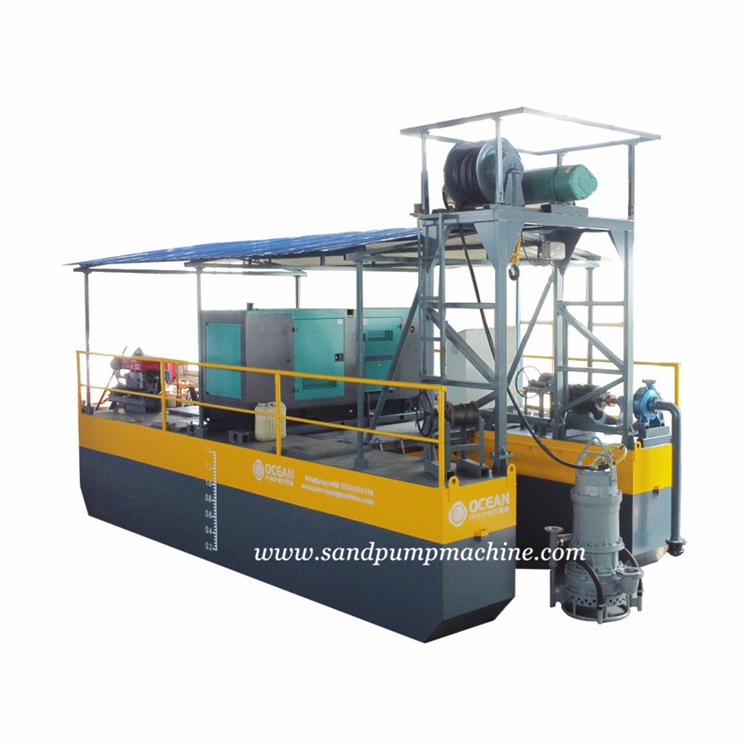
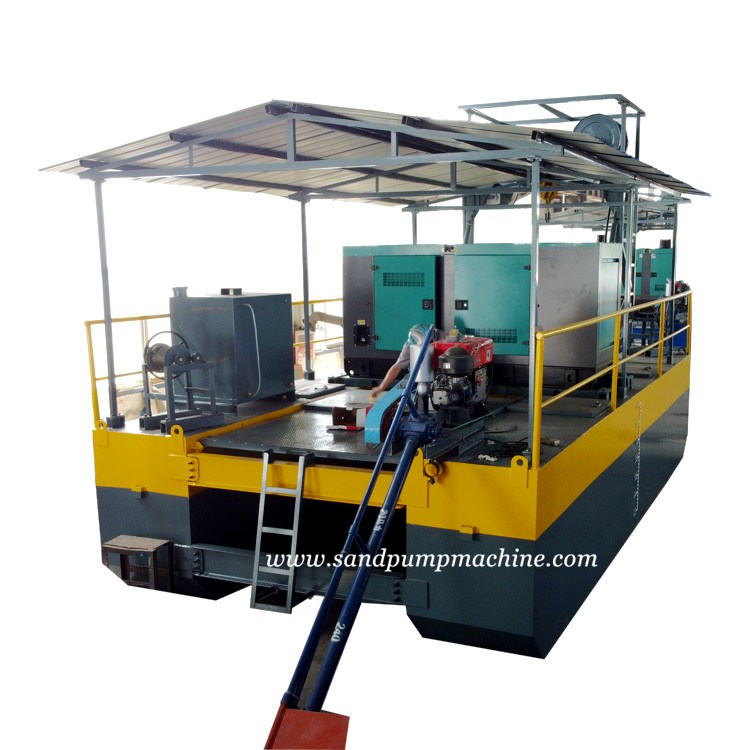
What Are the Advantages of Dredging?
Depending on the purpose and function, the dredging process offers several advantages. Whether you’re a commercial business seeking increased efficiency in projects or an environmentalist concerned about ecosystem benefits, dredging brings numerous advantages.
1. Commercial Benefits
Dredging provides significant advantages for shipping, construction, and related projects. In the commercial shipping industry, dredging plays a critical role in maintaining safe and unobstructed passages for cargo vessels carrying essential commodities like oil and raw materials. By removing sediment, dredging ensures proper width and depth for smooth navigation. It is recommended to dredge until the materials are at least 7 feet below the surface.
Dredging also contributes to various aspects of construction projects. For waterway projects such as bridges, docks, piers, and underwater tunnels, dredging creates space by efficiently removing sediment, enabling smoother construction progress.
Land projects can benefit from dredging as well by utilizing the sediment removed from water bodies to fill in areas that require additional earth. After dredging, the sediment is dried and transported to the desired location, where it can be applied to the land as needed.
Restoration of beachfronts and aquatic ecosystems through dredging not only benefits environmental organizations but also brings advantages to beach town businesses. Dredging helps replenish eroded beaches, making them more attractive to tourists planning their summer vacations. Well-maintained beaches can boost tourism and attract more visitors to local businesses during the summer seasons.
2. Environmental Benefits
Dredging allows businesses to work with waterways to create healthier and improved aquatic ecosystems. One of the significant environmental benefits of dredging waterways is its contribution to reducing eutrophication, an excessive nutrient accumulation in water bodies caused by runoff from surrounding lands. Eutrophication leads to overgrowth of plants, oxygen depletion, and harm to aquatic wildlife. In such cases, dredging may be the most effective remediation option.
Dredging offers several other environmental benefits, including:
1. Restoring environments
Sediment removal helps restore shorelines and beachfronts, reversing the effects of soil erosion and preserving their original conditions.
Cleaning ecosystems: Dredging can clean up waterways after toxic material spills or by removing trash, debris, decaying vegetation, sludge, and other contaminants that can harm water and soil quality.
2. Preserving aquatic life
By promoting a healthier aquatic ecosystem, dredging provides a suitable habitat for fish and wildlife. It can also aid in the removal of trash and debris, supporting eco-friendly waterways.
3. Removing pollutants
Water bodies near urban areas and industrial complexes are susceptible to pollution. Sediment removal prevents the accumulation of pollutants, ensuring clean and healthy waterways for wildlife.
4. Reducing flood risk
Dredging removes excess sediment from waterways, allowing rain and connecting bodies of water to flow together more smoothly, reducing the risk of floods. Waterways can better handle the natural water levels and prevent spillovers onto surrounding land.
Dredging supports and sustains waterway ecosystems, even in the context of construction projects. It offers environmental benefits to various types of water bodies, from expansive beachfronts to smaller ponds.
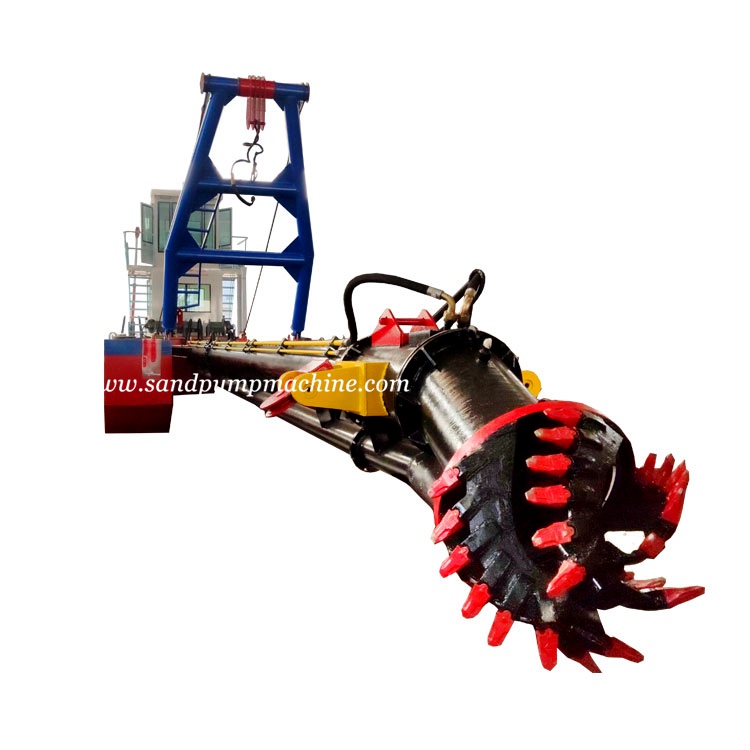
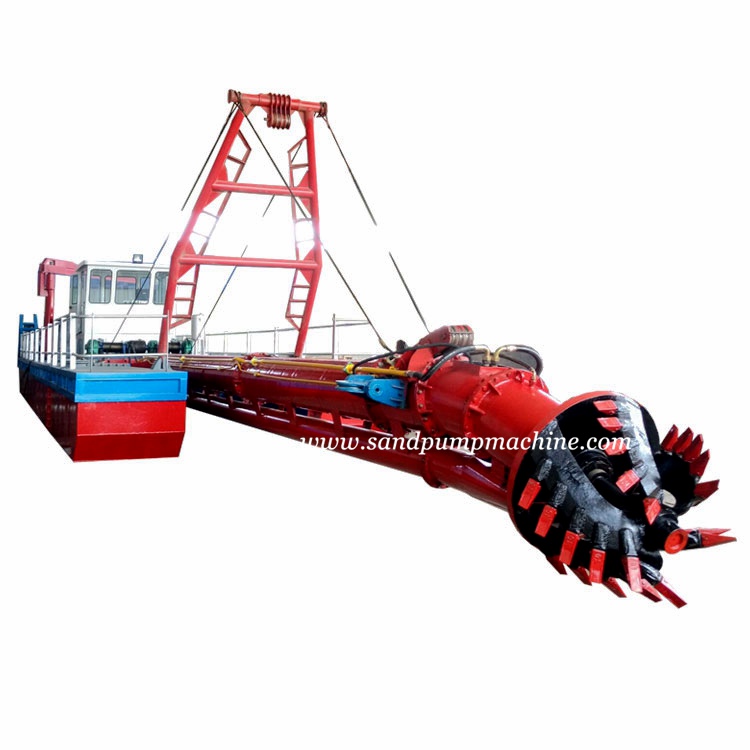
The Different Types of Dredgers
There are several types of dredges used in the sediment removal process. At Tai’an Ocean Pump, we offer several types of quality dredging equipment you can use for any project and fit within the common types of dredges.
The most common types of dredges are:
1. Portable Sand Dredger
Portable sand dredger can be self-propelled or non self-propelled. The hull can be dismantle and box-like structure. The dismantle type can be assembly at working place easily and be transported by road, railway and container accordingly, it is very convenient to install and move in the working place. The power system of potable river sand dredger can be electric system or diesel engine driving system according to customers� requirements.
2. Submersible Sand Slurry Dredger
Submersible sand slurry dredger is designed and manufactured with optimized hydrodynamics technology for sand suction and silt clearing. This kind of submersible slurry pump dredger equipment driven by electric motor. It is suitable for conveying liquid with solid particles including gravel, cinders and tailing etc. The submersible slurry pump dredger is mainly used in metallurgical industry, mining and thermal power plant, etc. It’s wear resistant wet parts are made of hard metal (Chrome alloy). The bearing assembly is composed of large diameter shaft and short overhang, so the slurry pump dredger will have long-term bearing life. It has the characteristics of high efficiency, energy saving, simple operation and easy management.
3. Jet sand suction dredger
Jet sand suction dredger is composed mainly of high pressure water pump and sand suction pump. The dredger is detachable so it can be loaded into the container and easily transported to any location. The jet sand suction dredger is equipped with self-propelled equipment to push it running.
The sand suction dredger employs a combination of impact and suction to complete its applications. By utilizing a high-pressure water pump, it jets and impacts the bottom layer of sand, causing it to splash around the suction head. The sand suction pump then efficiently sucks up the splashed sand through the suction hose, delivering it to the desired location. This entire process can be easily controlled by a single operator using the control cabinet.
The jet suction dredger stands out with its innovative design, offering simplicity and convenience in operation while ensuring high efficiency. Its streamlined approach allows for effective sand removal and relocation, making it an efficient solution for various dredging applications. With its user-friendly controls and reliable performance, the jet suction dredger simplifies the dredging process and maximizes productivity.
4. Cutter Suction Dredger
This type of cutter suction dredger contains a cutting tool that loosens material from the bottom and transports it to the mouth of the suction apparatus. The use of a cutter-suction dredge may be necessary for removing debris from hard surfaces that would prevent efficient suction via standard methods.
Our popular 10 inch Portable Sand Dredger is very popular for sucking up sediment and other debris for many dredging projects. Its smaller, more compact size makes it easily transportable as well, allowing you to bring it along to any project, whether that is on the beach, by a river or at the pond.
If you need something more powerful, our later model, please feel free to contact us.
Conclusion
Dredging is a vital process that plays a significant role in maintaining the functionality and sustainability of water bodies worldwide. By removing sediment, silt, and debris, dredging ensures safe navigation, mitigates flood risks, supports marine and land-based projects, and promotes environmental preservation.
Throughout this article, we have explored the fundamentals of dredging, understanding how it works and the important role played by specialized vessels called dredgers. These vessels employ powerful machinery and hydraulic systems to excavate and transport sediment, restoring waterways to their optimal conditions.
The benefits of dredging are far-reaching. It enhances navigational safety, allowing for efficient transport and trade. It prevents flooding by increasing water-carrying capacity. It supports the development of infrastructure projects and protects shorelines from erosion. Dredging also contributes to environmental sustainability by restoring habitats, improving water quality, and preserving marine ecosystems.
Dredging is an indispensable practice that balances the needs of navigation, infrastructure, and environmental conservation. By employing various types of dredgers tailored to specific requirements, we can continue to harness the benefits of dredging while safeguarding the delicate equilibrium of our waterways for generations to come.
-
WhatsApp
-
E-MailE-Mail:oc@tsbeng.com
-
WeChatWeChat:yychen19







